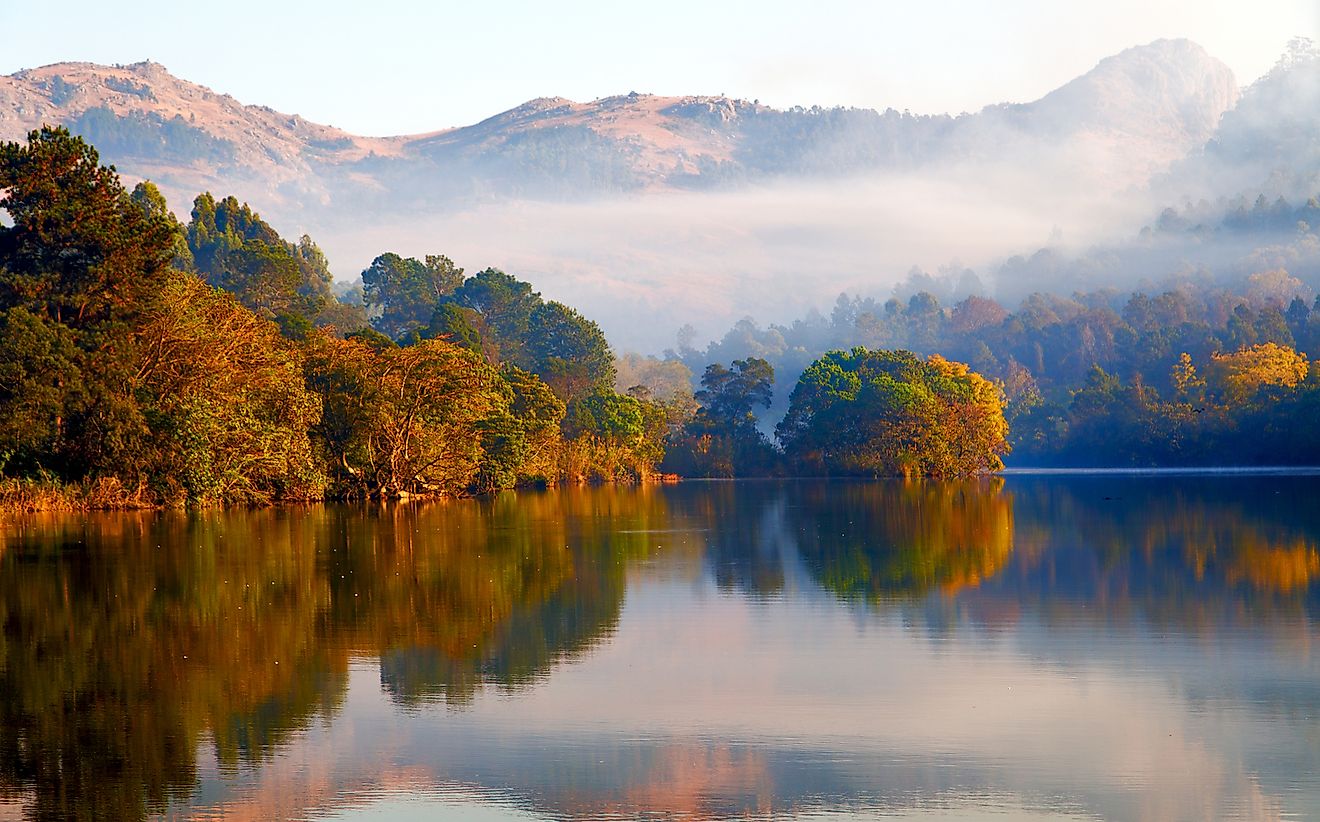10 Interesting Facts About Eswatini

The Kingdom of eSwatini is a small country sandwiched between South Africa and Mozambique. It was formerly known as the Kingdom of Swaziland, a name it acquired while it was still a protectorate of the British Empire. The name Swaziland is derived from the name of one of its prominent kings, Mswati I, and it was dropped on April 19, 2018, following an announcement by King Mswati III. The decision was made while the country was celebrating 50 years of independence and the king’s 50th birthday. The country’s new name is not entirely unique as it is gotten from the local siSwati language, and it is widely used by the local population. The adoption of the name Kingdom of eSwatini (Kingdom of the Swati people) was just an official confirmation of a popular local name for the country.
Monarchy
The country was granted independence in 1968 by the British. After the 1973 elections king, Sobhuza II suspended the constitution ruled by decree until 1982 when he died. King Mswati III is the current monarch who was crowned in 1986 when he was 18 years. He has the supreme power to rule over eSwatini according to his wish, and he has unrestricted authority without legal opposition. Such excessive powers were demonstrated in 2018, when he unexpectedly announced, without notice or any public consultation, that the country has changed its name from Swaziland to the kingdom of eSwatini.
Cultural Festivals
ESwatini is renowned for some of the biggest and most spectacular cultural festivals on the African continent. Dance is considered an essential part of Swazi culture and is performed in many events. The Umhlanga, which is also known as the reed dance festival, is probably the most popular. The festival attracts thousands of unmarried girls and women from all over the country eager to pay homage to the king and the royal family. The festival consists of days full of dancing and rituals. According to some estimates, over 100,000 women and girls participate in the festivities. During the festival, women and girls perform dances while bare-breasted and in short dresses at the king’s royal residence. Photography during the event is, at times, restricted to accredited press. The MTN Bushfire festival is also famous and is globally recognized. It celebrates music, arts, creative expression, and social responsibility.
Wildlife
The country is a popular tourist destination that boasts of scenic landscapes and diverse wildlife. The nation is home to 500 bird species, over 130 species of mammals, and 111 species of amphibians and reptiles. One can spot the “big five” (lions, elephants, rhinoceros, buffalos, and leopards) within hours of touring the nation’s parks. The abundance of wildlife comes as a significant relief for tourists who have to endure long and frustrating amounts of time tracking elusive wildlife in other African countries. While touring the Mkhaya game reserve, one can also get the rare privilege of viewing both the white and black rhinos.
Ancient Findings
The area that is now eSwatini has had human settlements for well over 250,000 years. The prehistoric settlements are evidenced by early stone tools found in the country’s ancient river terraces. The kingdom is also home to Ngwenya, the world’s oldest mine. Evidence suggests that inhabitants of the area carried out quarrying of black and red hematite as far back as 42,000 years ago. The mine’s deposits make up some of the oldest geological formations on the planet. Today the mine is a modest excavated area on the hillside. The county is also home to distinct rock paintings found in the western part of the kingdom.
Polygamy
Compared to most monarchies across the world, the ESwatini monarchy is unique due to its significant number of royals. The large number is a result of a tradition that allows for polygamous kings. The current King of eSswatini, Mswati III, has 15 wives while his father, King Sobhuza II, had 70. The king is typically expected to choose a new bride during the Umhlanga festival from among the dancers who perform before him. The custom is, however, not mandatory, and the last time King Mswati III chose a new wife was in 2013. Such cultural practices mean that there are very many princesses and princes. Members of the royal family during events wear the distinctive red feathers on their heads.
Ethnic Composition
The Swazi, which is an amalgamation of 70 clans, constitutes over 80% of the country’s population while immigrants from South Africa and Mozambique take up the remainder. The chiefs from the clans form a traditional hierarchy that is under the hegemony of the Dlamini clan.
Two Capitals
The cities of Mbabane and Lobamba serve are the main centers of power in the country. Lobamba serves as the traditional capital, while Mbabane is the administrative capital. Lobamba is home to the royal residence and houses the parliament and other key government institutions.
Cows are an Important Possession
In eSwatini, cows are a treasured possession. They are used in the purchase of land and the payment of bride price. If one wishes to marry a princess, one should be ready to part with as many as 300 cows for the bride price.
Unique Tastes
Some of the conventional crops grown in eSwatini include sorghum, citrus fruits, sugar cane, rice, corn, peanuts, pineapples, and pumpkins. The emasi, which is usually made with potatoes, rice, and sorghum or corn, is among the most common dishes in the country. The mealie bread, which is comparable to American cornbread but has a distinct texture, is also common in the country. The stews are primarily made from pumpkin, spinach, and beans.











